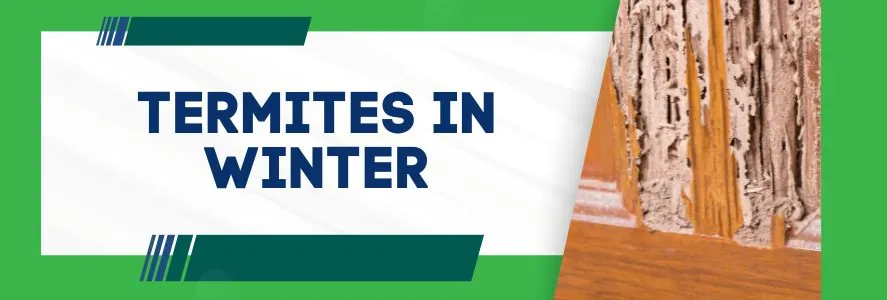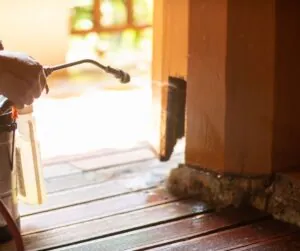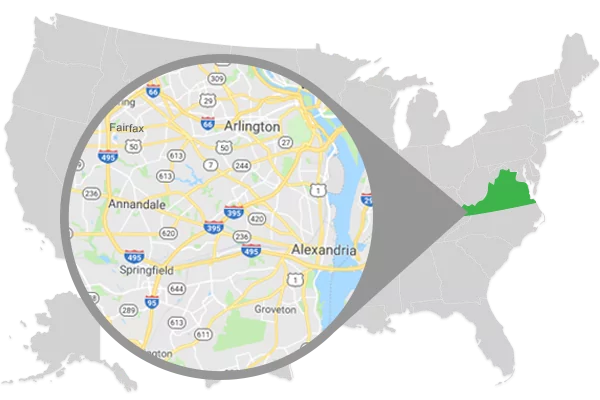
Termites are the dreaded wood-feeding insect that cause millions of dollars in damage a year for homeowners in America. During the winter, most people think that all bugs either die off or go underground, but this simply isn’t true. Termites stay active year-round, and underestimating these pests can cost you thousands of dollars a year in termite damage to your home. Thankfully, we can help you identify the signs. Termites may be active inside your yard, but termites can travel up to 100 feet, so a termite problem in the yard can quickly become a termite problem in the home. Termites will also rise from the ground inside the crawl space and begin feeding on your foundation. Thankfully, Summit Pest Control offers termite control treatments year round, in both Summer and Winter.
Are Termites Active in Winter?
Winter is the time of the year when temperatures drop and most plants die off, and during this time of year, many species of insects also either die off due to a lack of food, or they overwinter, reducing their activity and becoming a much less common sight in homes. Due to this effect, many people believe that there are no insects active in winter, and their homes are safe from all insect pests during the colder months. Unfortunately, this just isn’t true. Termites are active during the winter, in fact they stay active year round. As the temperatures cool down, subterranean termites will typically move deeper underground, as the soil stays warm below the frost line. However, your heated crawl space, basements and wall voids will provide plenty of warmth for these insects, inviting them to feed on your home.
Signs of Termites In Yard

Termites In Your Crawl Space

Can You Treat Termites In The Winter?

Best Termite Treatment Near Me
If you need termite treatments or termite prevention in the Alexandria, Arlington, Fairfax or Fredericksburg areas, contact Summit Pest Control today. We offer comprehensive termite inspections where we will determine where the termites are coming from, where they are feeding, and the best course of action to solve the problem. We also offer preventative treatments for termites, to keep them from viewing your home as a suitable site for their colonies. We also offer the best termite treatment and termite damage remediation services, to fully eliminate the pest problem from your property and to repair any damages that the termites may have caused.












